Since the feature release of DentalCAD 3.2 Elefsina, exocad has been providing users with a set number of free exocad credits each month, which can be used to access new services that employ exocad’s artificial intelligence (AI). In this interview, Friedemann Stang, supervisor global customer support at exocad, and Raphael Remmert, application specialist at exocad, share practical tips for using these credits straightaway—for example, to generate an AI-designed crown.
Mr Remmert and Mr Stang, which version of DentalCAD is required to use the new AI services?
Remmert: The new AI services are available to users of the DentalCAD 3.2 Elefsina feature release (Build 9036 or higher) in the EU and US. Requirements include either a Perpetual license with an active upgrade contract or a Flex license with an automatic upgrade contract.
Stang: Exocad credits are required to use the new AI services and allow access to AI Design, TruSmile Video and TruSmile Photo. TruSmile Video and TruSmile Photo are now available in the Smile Creator Module.
How can users check their DentalCAD version?
Remmert: When DentalDB is opened, the version number appears in the bottom right corner of the exocad screen. Users can also find the DentalCAD engine build number in the settings in the About section (Fig. 1).
Do users automatically receive exocad credits?
Stang: Yes. Anyone working with the specified software version receives a certain number of exocad credits included in an upgrade contract or Flex license. These can be viewed in the user’s my.exocad account.
Remmert: The number of monthly exocad credits depends on the licence model. A Perpetual license with an active upgrade contract includes ten credits per month. A Flex license with an automatic upgrade contract includes 30 credits per month.
Can unused credits be carried over, and what happens if the monthly limit is exceeded?
Remmert: Each month starts with a set number of licence credits—similar to a mobile phone plan where the monthly data allowance resets. Unused credits do not roll over. If fewer than the available exocad credits are used within a month, the following month starts again with ten or 30 exocad credits. To exceed the included amount, additional account credits can be purchased through my.exocad. My advice: Use them, don’t lose them.
How can users purchase account credits?
Remmert: Users can open the my.Credits section in my.exocad and select the Top up account button (Fig. 2) to proceed to the exocad webshop. Registration in the webshop is required beforehand to ensure the account is linked. The same email address should be used for both the my.exocad account and the webshop account. Purchased account credits are tied to the customer account and can be used by multiple licence holders within that account.
How much do the AI services cost?
Stang: One exocad credit costs €1. One credit buys an AI crown design; two credits buy a TruSmile Photo; and ten credits buy a TruSmile Video. A good starting point is the AI crown design proposal. A detailed record of exocad credit usage can be viewed in the my.exocad account under my.Credits (Fig. 3).
How do users start the AI services in DentalCAD?
Stang: For an initial trial of the AI crown, the option can be enabled once in DentalCAD within the Cloud settings (Fig. 4). At the start of each crown design, a prompt appears asking whether an AI crown should be generated for the selected tooth. Choosing the affirmative option launches AI mode; selecting the alternative continues with the conventional workflow.
When is it useful to use the AI crown option, and how long does it take to generate an AI crown?
Stang: The AI crown design proposal is especially helpful during high-demand production periods, since it can be generated in parallel with the conventional workflow. Single-crown design proposals are typically generated in less than 2 minutes.
How do users generate a single crown design proposal with AI Design?
Stang: A design proposal can be created if at least one neighbouring tooth and the antagonist are present. If the case is not suitable for an AI crown, the software notifies the user immediately. With DentalCAD 3.2 Elefsina, single crowns can be generated on stumps, abutments or post-and-core structures using AI Design. The process begins by selecting a crown style from one of many tooth libraries (Fig. 5). The AI calculates the proposal in the background while other work continues. Once the crown design proposal is ready (Fig. 6), the software requests feedback (Fig. 7). Star ratings and written comments help the development team improve the software.



 Austria / Österreich
Austria / Österreich
 Bosnia and Herzegovina / Босна и Херцеговина
Bosnia and Herzegovina / Босна и Херцеговина
 Bulgaria / България
Bulgaria / България
 Croatia / Hrvatska
Croatia / Hrvatska
 Czech Republic & Slovakia / Česká republika & Slovensko
Czech Republic & Slovakia / Česká republika & Slovensko
 France / France
France / France
 Germany / Deutschland
Germany / Deutschland
 Greece / ΕΛΛΑΔΑ
Greece / ΕΛΛΑΔΑ
 Hungary / Hungary
Hungary / Hungary
 Italy / Italia
Italy / Italia
 Netherlands / Nederland
Netherlands / Nederland
 Nordic / Nordic
Nordic / Nordic
 Poland / Polska
Poland / Polska
 Portugal / Portugal
Portugal / Portugal
 Romania & Moldova / România & Moldova
Romania & Moldova / România & Moldova
 Slovenia / Slovenija
Slovenia / Slovenija
 Serbia & Montenegro / Србија и Црна Гора
Serbia & Montenegro / Србија и Црна Гора
 Spain / España
Spain / España
 Switzerland / Schweiz
Switzerland / Schweiz
 Turkey / Türkiye
Turkey / Türkiye
 UK & Ireland / UK & Ireland
UK & Ireland / UK & Ireland
 Brazil / Brasil
Brazil / Brasil
 Canada / Canada
Canada / Canada
 Latin America / Latinoamérica
Latin America / Latinoamérica
 USA / USA
USA / USA
 China / 中国
China / 中国
 India / भारत गणराज्य
India / भारत गणराज्य
 Pakistan / Pākistān
Pakistan / Pākistān
 Vietnam / Việt Nam
Vietnam / Việt Nam
 ASEAN / ASEAN
ASEAN / ASEAN
 Israel / מְדִינַת יִשְׂרָאֵל
Israel / מְדִינַת יִשְׂרָאֵל
 Algeria, Morocco & Tunisia / الجزائر والمغرب وتونس
Algeria, Morocco & Tunisia / الجزائر والمغرب وتونس
 Middle East / Middle East
Middle East / Middle East



























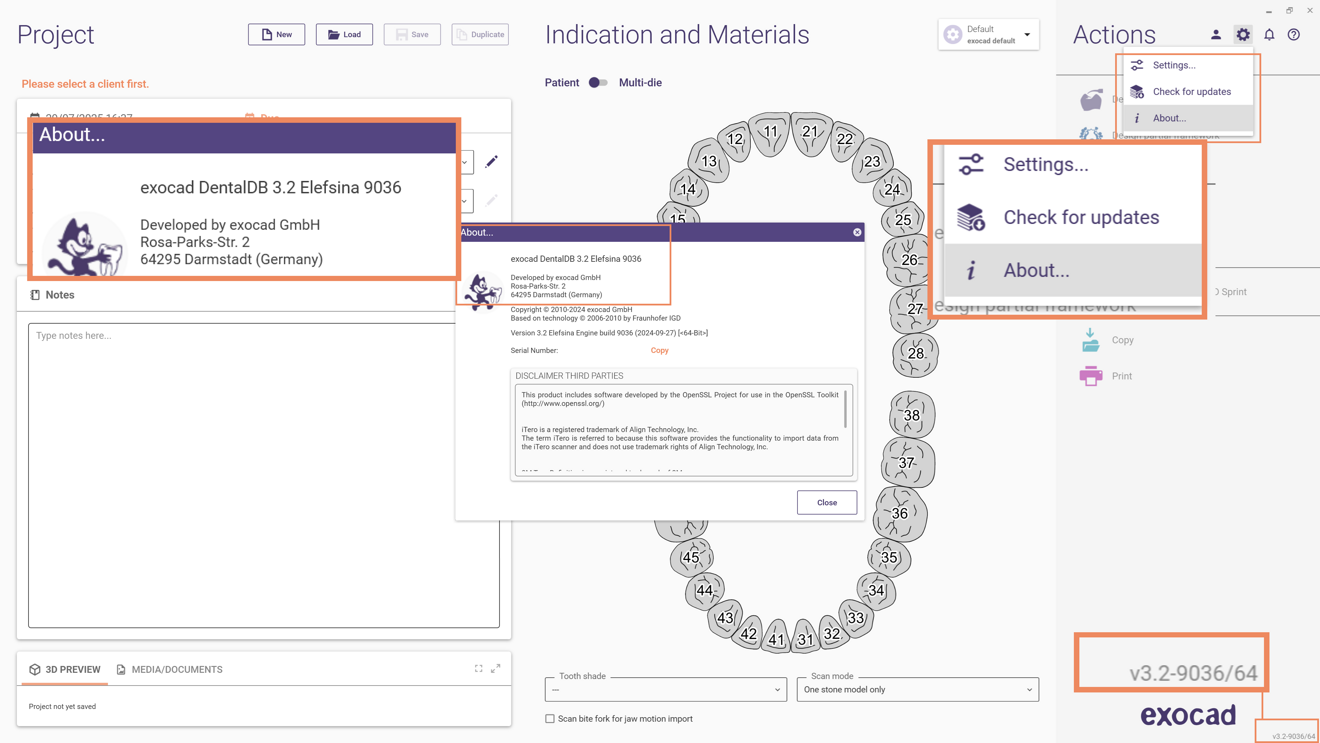

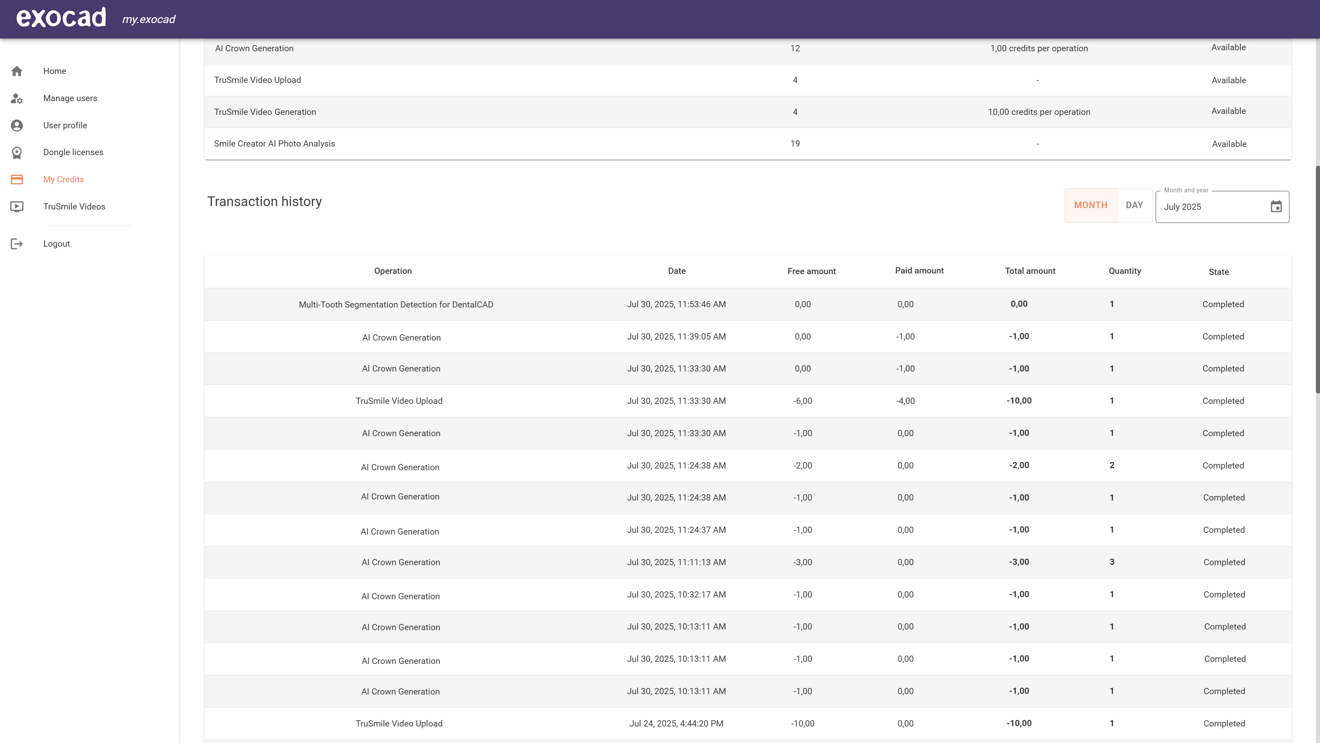

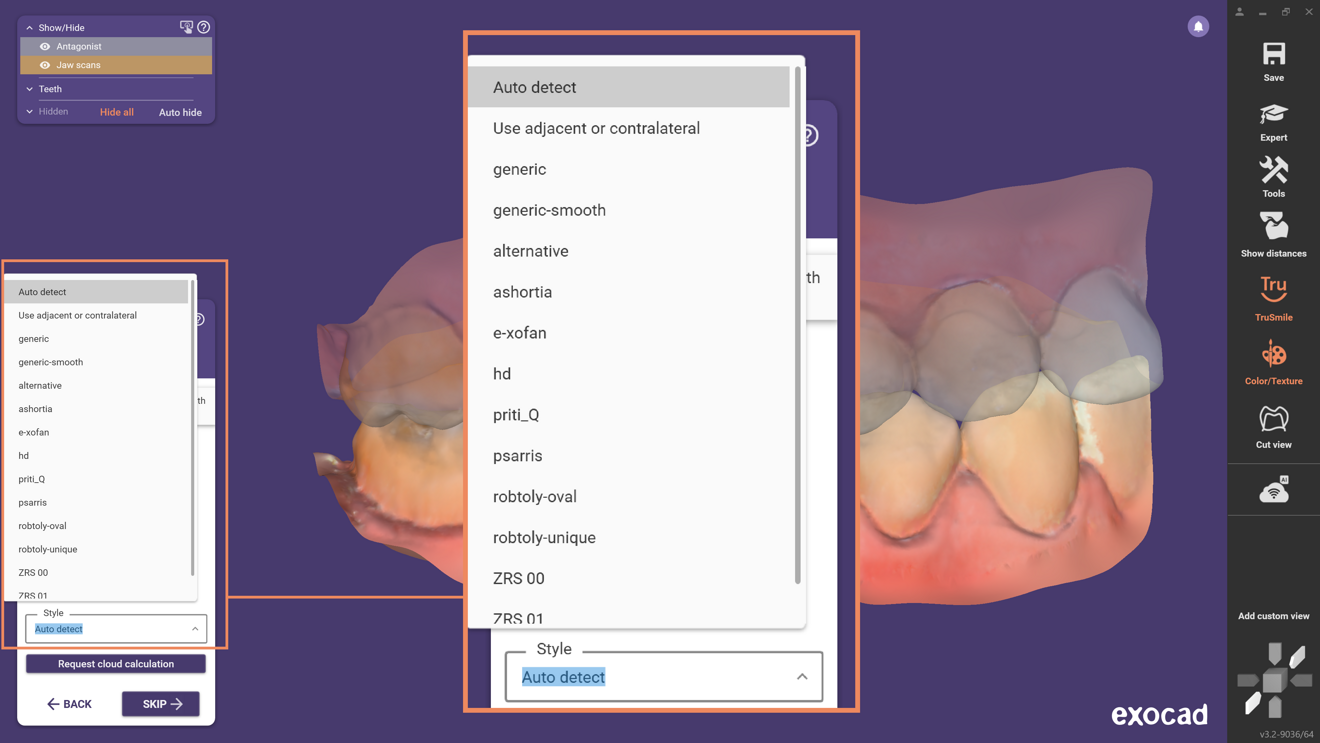
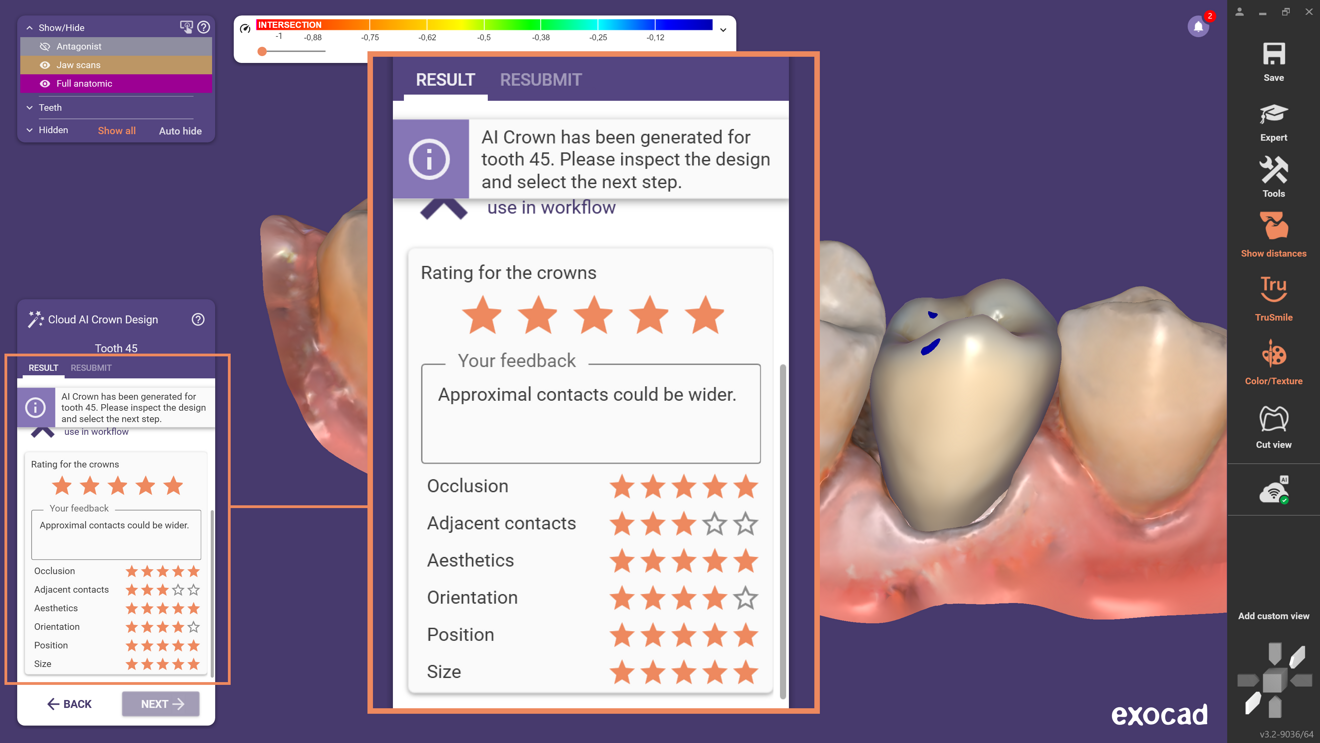
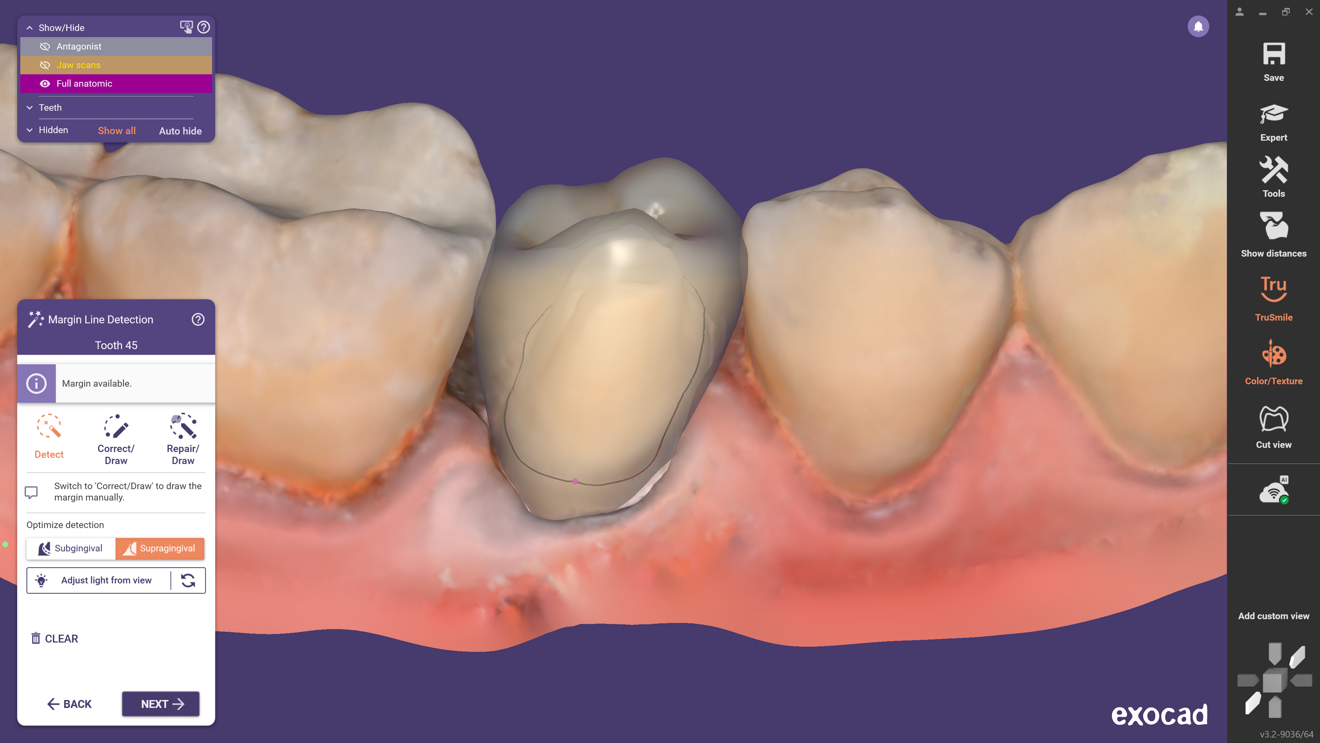


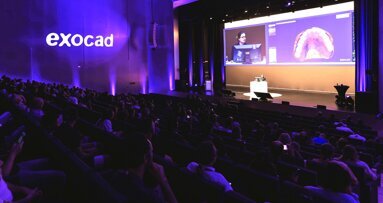
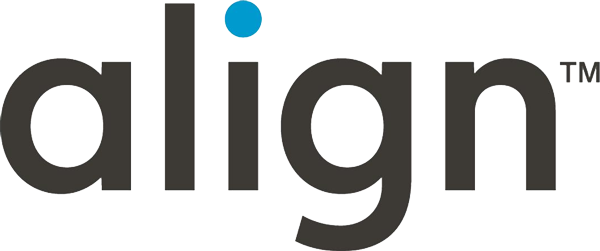








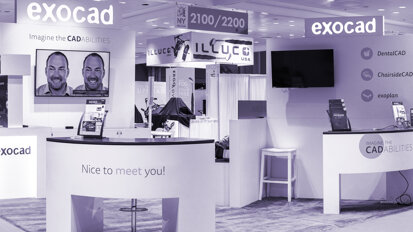
To post a reply please login or register